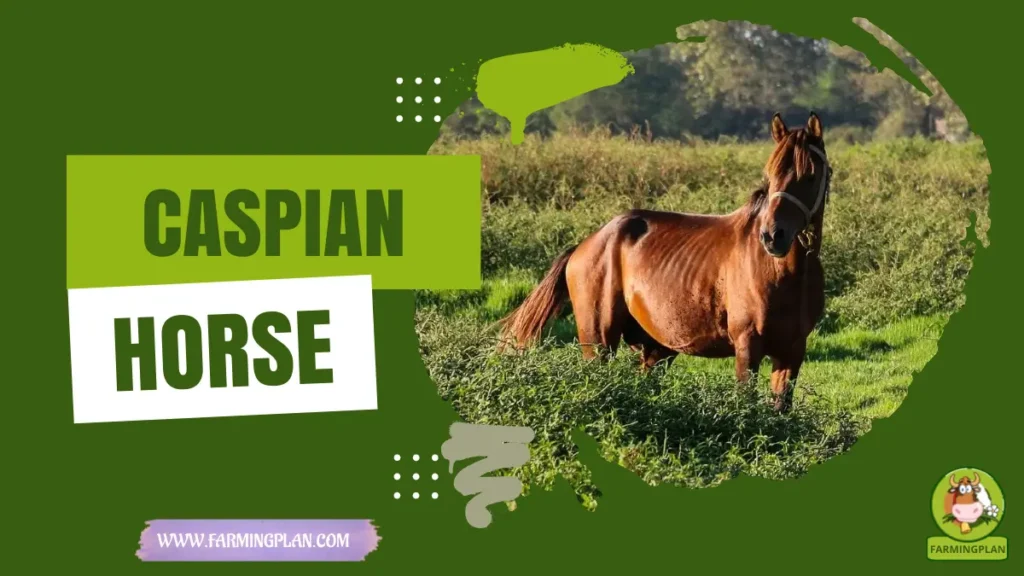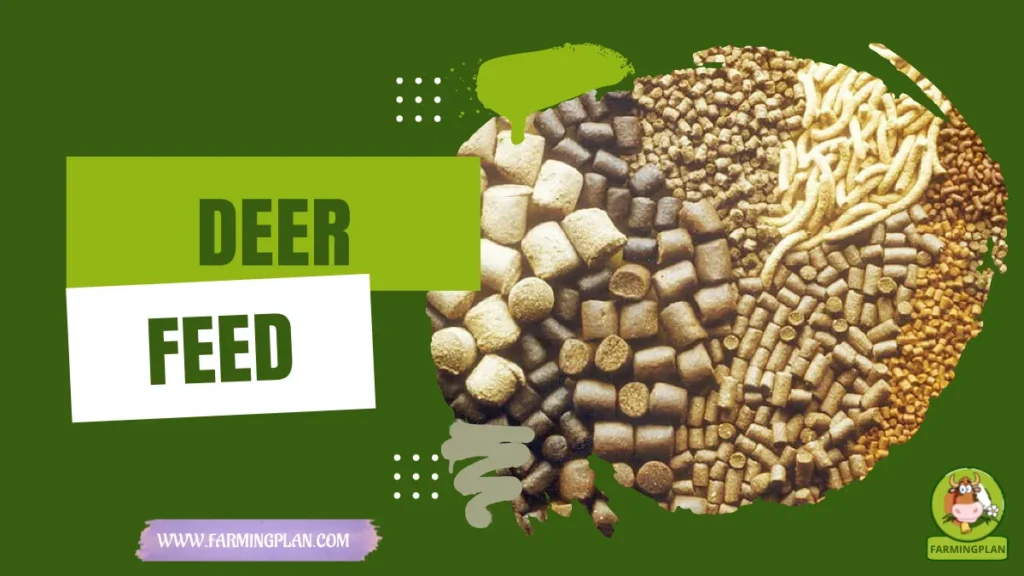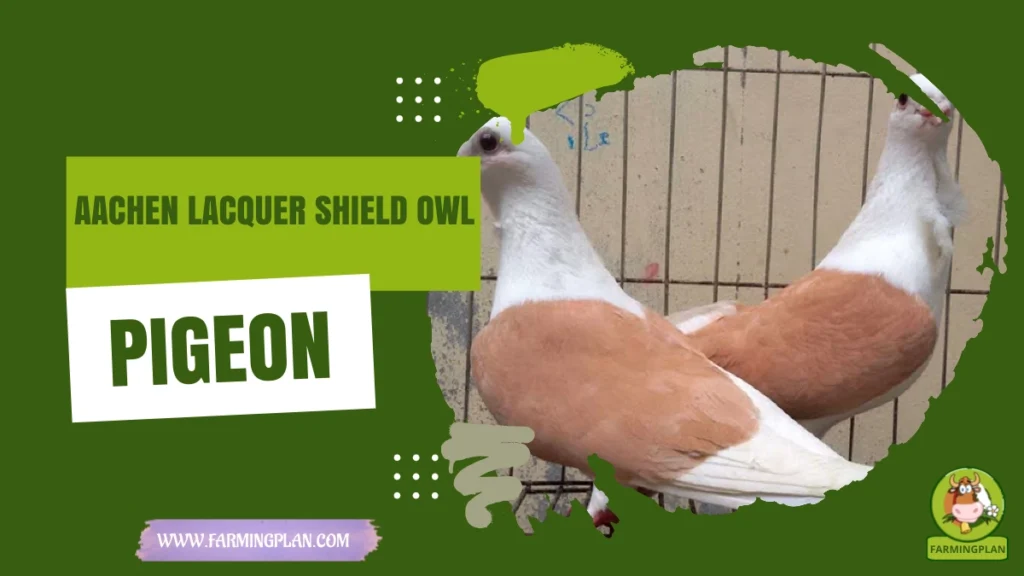I still remember the first time I saw a Caspian horse. Small, sleek, and full of spirit, it was unlike anything I’d seen before. The Caspian horse isn’t just another pretty face in the stable; it’s a living piece of history with roots stretching back thousands of years near the Caspian Sea. Over time, I’ve worked closely with these horses, and I can tell you firsthand that their charm is as deep as their history. In this guide, I’ll walk you through everything you need to know—from their origins to how to care for one. Whether you’re a pet owner, breeder, or horse enthusiast, there’s something truly special here for you.

History & Origin: Tracing the Caspian Horse Back to Ancient Persia
The Caspian horse has a story as rich as any royal tale. Thought to be extinct until the 1960s, this ancient breed was rediscovered by Louise Laylin Firouz, an American living in Iran. With the help of her husband, Iranian aristocrat Narcy Firouz, she spotted these small horses in the Elburz Mountains and quickly realized their historical importance.
These horses resemble those seen in ancient Persian carvings from Gohar Tappeh, linking them directly to charioteers and nobility. With support from organizations like the Caspian Horse Society and the International Caspian Society, efforts began to revive and preserve the breed. Even today, records are kept by the International Caspian Stud Book to track their lineage. Honestly, it’s like caring for a piece of living history.
Characteristics: What Makes a Caspian Horse Unique
Caspians may be small, but they pack a ton of charm in their compact frame. These horses usually stand between 10 to 12.2 hands high and weigh around 550 to 600 pounds. But don’t let the size fool you—their movement is graceful, their limbs are slender, and they have a proud, upright Caspian head that just screams elegance. You’ll find Caspians in a variety of colors including bay, chestnut, dun, black, and even grey.
They’re often confused with mutt horses or ponies, but they’re truly in a league of their own. Their proportions are closer to a full-sized horse, just scaled down. That balance of grace and toughness is one of the many reasons I fell in love with them.
Read More: Przewalski’s Horse From Endangered To Unstoppable
Nature & Temperament: Small Horse, Big Personality
Caspians have this incredible mix of gentle nature and fearless curiosity. They’re extremely intelligent, which makes training them feel more like teamwork than a chore. I’ve seen children build amazing bonds with these horses. They respond well to attention, trust, and kindness.
Compared to larger breeds like Percheron Persian horses or Kurdish horses, Caspians are far more adaptable for younger or less experienced riders. Their steady temperaments make them ideal companions for families and hobby breeders. If you want a horse that’s loving, patient, and has a mind of its own in the best way—this is your match.
Food & Diet: Keeping Your Caspian Horse Healthy
Feeding a Caspian is straightforward but important. I typically stick to a balanced diet of good-quality hay, a bit of grain, and free access to clean water. Salt licks and mineral supplements help round out their nutrition, especially if they’re not grazing on lush pastures. Avoid sugary treats and moldy or dusty hay—they’re small, so what they eat really matters. Their digestive systems are sensitive, and overfeeding can lead to laminitis or colic. Think of them as small athletes—they need fuel, not junk food.
Read More: Knabstrupper Horse: The Spotted Beauty That Turns Heads Everywhere
Usage & Purpose: More Than Just a Pretty Face
Caspians are little workhorses with royal flair. I’ve seen them excel in driving, children’s riding lessons, and even agility-style games. They were once used to pull royal chariots, and today they thrive in roles that need agility and trust.
While they don’t do heavy farm work like a Percheron, they’re excellent for light utility tasks, trail rides, and educational programs. They can also excel in competitive events such as show jumping, dressage, and endurance riding. Organizations like Caspian Stud UK and the Caspian horse breeders association are working hard to showcase just how versatile they can be. Trust me, you’ll never run out of things to do with a Caspian by your side.
Special Features: Why the Caspian Horse Stands Out
Where do I even start? Caspians are one of the oldest horse breeds still in existence. Their hard hooves, natural endurance, and quick learning ability make them favorites for training and bonding. They also have a straight profile, well-formed shoulders, and a light build that allows for speed and grace. Their rarity and genetic purity make them a treasure in the horse world. These aren’t just riding horses; they’re legacy keepers.
Health Issues & Prevention: Keep Your Caspian Strong
Good care starts with observation. Caspians are generally hardy, but they can suffer from laminitis, dental problems, or internal parasites if not managed properly. Laminitis, for instance, can be prevented by maintaining a healthy weight and providing a balanced diet. I recommend regular hoof trimming, biannual dental checks, and a deworming schedule. Regular exercise and a clean living area are also crucial for their overall health.
Watch for signs like limping, appetite loss, or unusual behavior. Keep their living area clean and dry, especially in wet seasons. A healthy Caspian is alert, social, and energetic—and when they’re feeling good, you’ll feel it too.
Read More: Bashkir Curly Horse: The Rare Beauty with Surprising Hypoallergenic Perks
Step-by-Step Pet Owner Care Guide: Raise Your Caspian Horse With Confidence
Caring for a Caspian horse doesn’t have to be overwhelming. This hands-on guide, which includes building the perfect shelter, setting up feeding stations, daily routines, training methods, and connecting with a like-minded community, is designed to provide a comprehensive understanding of Caspian horse care. Whether you’re new to horses or experienced, this simple, step-by-step plan will help you confidently raise a healthy, happy Caspian companion you’ll love for years to come.
Step 1: Prepare a Safe Shelter and Pasture
Start by creating a shelter that offers both comfort and safety. Your Caspian doesn’t need a fancy barn—a simple three-sided shed with proper ventilation will do wonders. I prefer sheds with rubber mat flooring to cushion their hooves and prevent slipping. Make sure the structure faces away from strong winds and allows sunlight to come through during the day.
Fencing is just as important. I use smooth wire or vinyl rail fencing instead of barbed wire, which can injure these smaller horses. Walk the perimeter regularly to check for loose sections or anything sharp. For the pasture, choose well-drained land and remove any toxic plants like ragwort or buttercup. Rotate grazing areas every few weeks to maintain healthy grass growth and avoid overgrazing. Clean spaces make happy horses, and in my experience, 90% of issues come from preventable conditions in their environment.
Step 2: Set Up Feeding and Watering Stations
Feeding your Caspian properly starts with organization. Use elevated feed bins to keep hay off the ground—this helps prevent ingestion of dirt, parasites, or mold. I personally use slow-feed hay nets, which not only save hay but also mimic natural grazing behavior. Keep these stations sheltered from rain and direct sun.
Water is absolutely critical. I recommend using automatic waterers if you can, but a cleaned and refilled bucket twice daily is also fine. Make sure the water doesn’t freeze in winter or overheat in summer. I always keep a mineral and salt block available inside their shelter to support digestion and hydration. Feed your Caspian twice daily with a mix of high-quality hay and, depending on activity, a bit of grain or pelleted feed. Treats like apples or carrots are great, just slice them to prevent choking—my Caspian loves those little snack breaks.
Step 3: Create a Daily Care Routine
Routine is everything with Caspian horses. I start my mornings with a quick check of their body, eyes, nose, and coat. This helps catch any signs of illness early. Grooming is more than just keeping them clean—it’s bonding time. Spend at least 15 minutes a day brushing their coat, picking hooves, and checking for cuts or signs of discomfort.
Daily exercise is essential. While they don’t need intense workouts, I like to alternate between short trail rides, groundwork, and fun obstacle courses to keep them mentally sharp. This breed loves learning new things, so mix up the activities to keep it interesting. Keeping things consistent—same times for feeding, grooming, and exercise—helps build trust. I’ve found that the more predictable the routine, the more your Caspian will relax and thrive.
Step 4: Build Trust With Gentle Training
Training a Caspian horse is incredibly rewarding. They’re smart and eager to please but also sensitive to how they’re treated. I always start with basic halter training, introducing them to being led and tied with patience. Clicker training has worked wonders for me—a click followed by a treat makes the lessons stick.
Avoid shouting, jerking, or punishing your horse. Caspians are emotionally intuitive, and once they lose trust, it takes time to rebuild. Keep training sessions short (15–20 minutes), always end on a positive note, and celebrate progress—even small wins. Positive reinforcement, soft tones, and steady hands go a long way. With time, your Caspian will not only follow your lead but look forward to learning with you.
Step 5: Stay Connected With the Community
No one raises a Caspian horse entirely alone. From day one, I plugged into breed communities for advice, updates, and friendships. Facebook groups, breed-specific forums, and organizations like the Caspian Horse Society of the Americas are great places to start. They offer everything from veterinary referrals to transport solutions.
The best part? You’ll find breeders and owners who share your passion. I’ve learned countless tips just by chatting with experienced Caspian keepers. You might even get access to events, shows, or breeding opportunities. And when things get tough—because every owner hits a rough patch—these communities offer support that makes all the difference. Raising a Caspian is a journey, and it’s always better when you’re not walking the trail alone.
Build Trust Daily, Feed With Care, And Watch Your Caspian Horse Become Your Forever Friend.
Expert Tips & Best Practices: What Every Owner Should Know
- Always use positive reinforcement when training your Caspian.
- Keep a care journal to track feeding, exercise, and vet visits.
- Rotate pasture areas every 2–3 weeks.
- Check their hooves weekly and clean them daily.
- Join breed-specific groups for tips and support.
- Caspians love routine, so keep feeding and training times consistent.
- Never ignore small behavior changes—they’re telling you something.
FAQ
Is the Caspian horse good for beginners?
Yes, they’re gentle and easy to handle, making them perfect for kids and first-time horse owners.
How tall is a Caspian horse?
They usually stand between 10 and 12.2 hands high, or around 40 to 50 inches.
What does a Caspian horse weigh?
They weigh about 550 to 600 pounds depending on their build and diet.
Are Caspian horses rare?
Yes, they’re considered critically endangered with only a few hundred purebreds alive worldwide.
Where can I find a Caspian horse for sale?
You can reach out to Caspian Stud UK, local breeders, or check the International Caspian Society website.
Conclusion
Raising a Caspian horse has been one of the most rewarding parts of my life. These horses bring together beauty, brains, and a legacy that dates back to ancient Persia. Whether you’re looking for a loving companion, a safe ride for your child, or a horse that turns heads at the show ring, Caspians have it all. With the right care, they thrive—and trust me, they’ll win your heart over in no time. If you’re ready to bring history home with hooves, the Caspian horse is the way to go.


